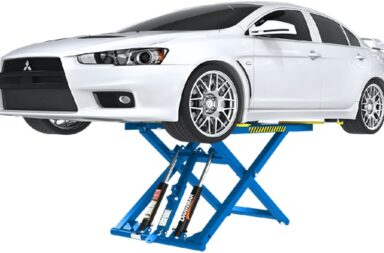When an ambulance drives by with lights flashing and sirens blaring, pretty much everyone knows to get out of the way. Few people, however, think about the qualities that make ambulances suited to the job of providing rapid, emergency care to patients. Here are a few facts about the modern ambulance you may not have considered:
- They Are Maximized for Power
Many ambulances are based on ford pickup truck chassis, which have long been renowned for their power and durability. While other types are based on vans or even golf carts, ambulances are purpose-built for the areas they are intended to service. Most models favor power over speed, since lights and sirens are generally effective at causing motorists to get out of the way quickly.
- Sirens and Lights Are Designed for Awareness and Visibility
The purpose of sirens is fairly self-explanatory. The sound sirens produce is loud, cutting across a range of wavelengths. This helps to ensure that even drivers blasting music at high volumes in their vehicles know when to move aside. The lights that ambulances use are designed to be seen, even to viewers with colorblindness. While the color red is associated with slowing and stopping, blue is used in addition, since it is a likely visible color for colorblind viewers. Because emergency vehicle lights now use LED technology, new emergency lights are nearly twice as visible as traditional ones.
- They Are Expensive
Ambulances are a steep investment. New standard models usually cost between 100,000 and 200,000 dollars, while those with custom features can cost even more. While the vehicle itself represents a portion of this cost, the life-saving features that are included with the ambulance are responsible for much of the expense.
- They Are Packed With Modern Medical Supplies
While different emergency services require different functions for their ambulances, about half of emergency vehicles are equipped with advanced life support features. Hazardous material suits, spinal stability systems, oxygen supplies, computer systems, and IV lines are all indispensable features of many modern ambulances. Because the purpose of emergency transportation is to rapidly move patients to better-equipped hospitals, vehicles are unlikely to contain equipment for intensive medical procedures.
To a paramedic, the amenities contained in an ambulance are the most important in the world. Time gained on the road can mean the difference between life and death. Critical supplies and life support systems can stabilize patients before they reach a hospital. While ambulances are a pricy investment, this investment pays itself off with each patient saved.


